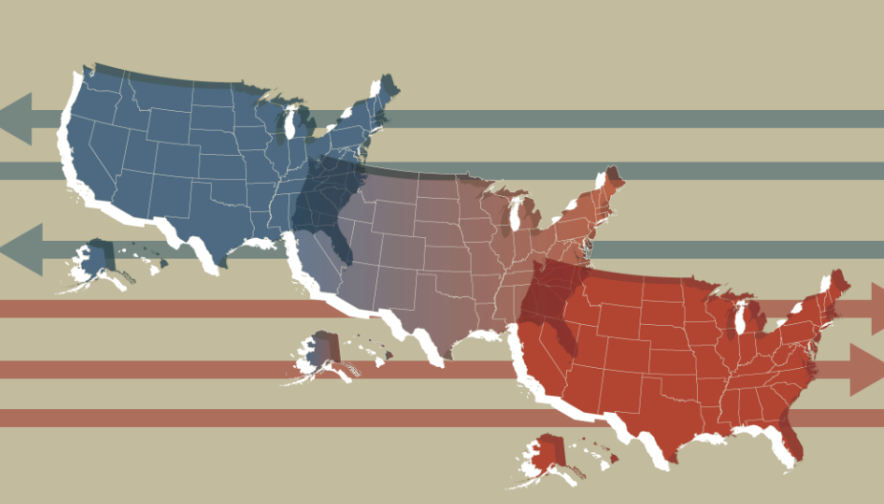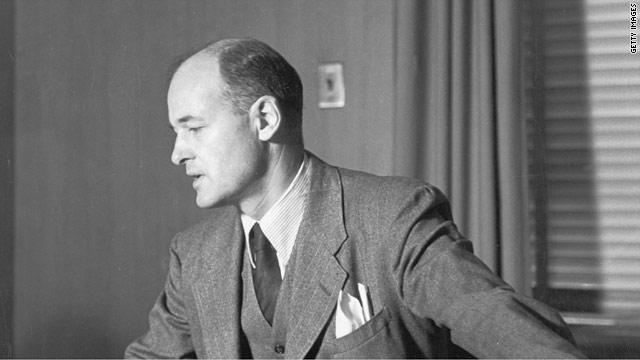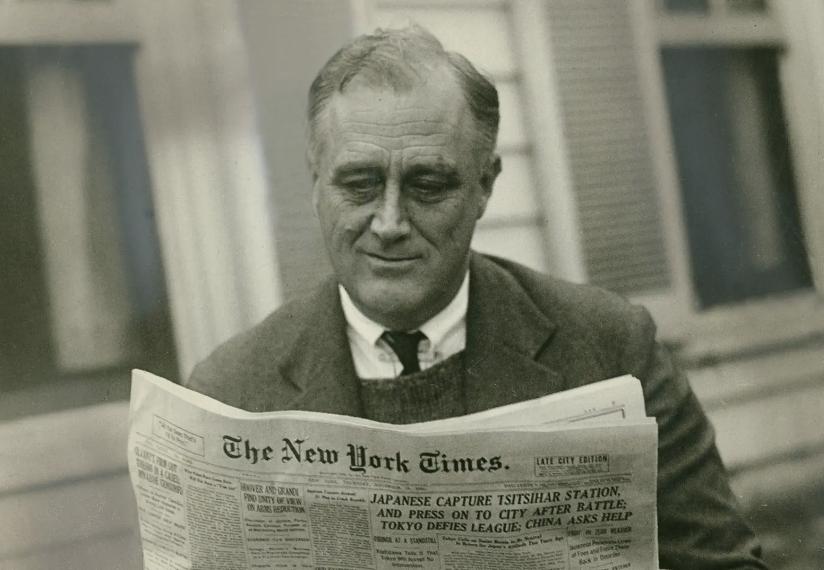The 13 American colonies/states during the Revolution and until the ratification of the US Constitution functioned in many ways, like independent countries. In fact, it was their legislatures – not the people – that approved the Constitution, as countries would a treaty. The residents of the 13 states were accustomed to identifying themselves by their state first and were jealous of protecting their local powers, and many still are.
Thus, there were two principal positions at the Constitutional Convention: one wanted a stronger central government and the other wanted to retain their state powers against a weaker national authority. However, after their almost 13 year experience with the weak, dysfunctional Articles of Confederation, the majority early on accepted a stronger national government. And the Virginia Plan provided the template. And then there is the directly related Constitutional debate over the “Reserved Powers” (10th Amendment: “The powers not delegated to the United States, nor prohibited by it to the states, are preserved to the states respectively or to the people.” )
However, the conflict over states rights, even after the Civil War reconfirmed the dominance of the Union, continues in 2023. States pass legislation on important issues, that differ from one another, the national consensus and/or the Federal Constitutional position. The states rights’ squabbles now play out in the Federal court system.
Another vocal group in 1787, were those who feared that strong states or the powerful Federal Government could crush individuals. Thus, the Bill of Rights , the first 10 Amendments to the Constitution, were added prior to ratification, giving the Feds authority to protect personal rights, e.g. to practice their religion, to assemble, free speech etc.
By the middle of the 19th Century though, it became clear that a central government that did nothing regarding individuals participating in the US Congress and/or Executive Branch, was allowing a small minority of very wealthy people from Southern states, to take over the country and threaten to control the people. Thus, Abraham Lincoln and U.S. Grant and millions of Americans learned, at great cost) what their government could do, to impose equal rights before the law, equal access to resources and more, that were embodied in the 13th, 14th and 15th Amendments. All of which strengthened the hand of the Federal Government.
Similarly, early in the 20th Century the damaging impact of industrialization expanded the role of the Central Government again, to protect individual workers from abuse by wealthy owners of giant corporations. Once more the Feds stepped in, this time to rein in industrialists and to regulate how they did business. The strategic goal was to level the economic playing field.
In the 1930s, following the catastrophe of the Great Depression, the FDR Administration added more missions to the USG. It created organizations to provide work for millions of unemployed Americans and ultimately introduced a basic social safety net.
As we move through the 21st Century, most, but not all, Americans accept the evolving list of USG tasks and the authority of the Federal Government to continue to protect equal rights, to maintain a more or less level economic playing field as well as an effective social safety net.
None of us knows specifically what comparable existential events will challenge us in the decades ahead, but the ability of our Federal Government to address them successfully, as in the past, should be a given.
Tom Timberman is an Army vet, lawyer, former senior Foreign Service officer, adjunct professor at GWU, and economic development team leader or foreign government advisor in war zones. He is the author of four books, lectures locally and at US and European universities. He and his wife are 24 year residents of Kent County.




